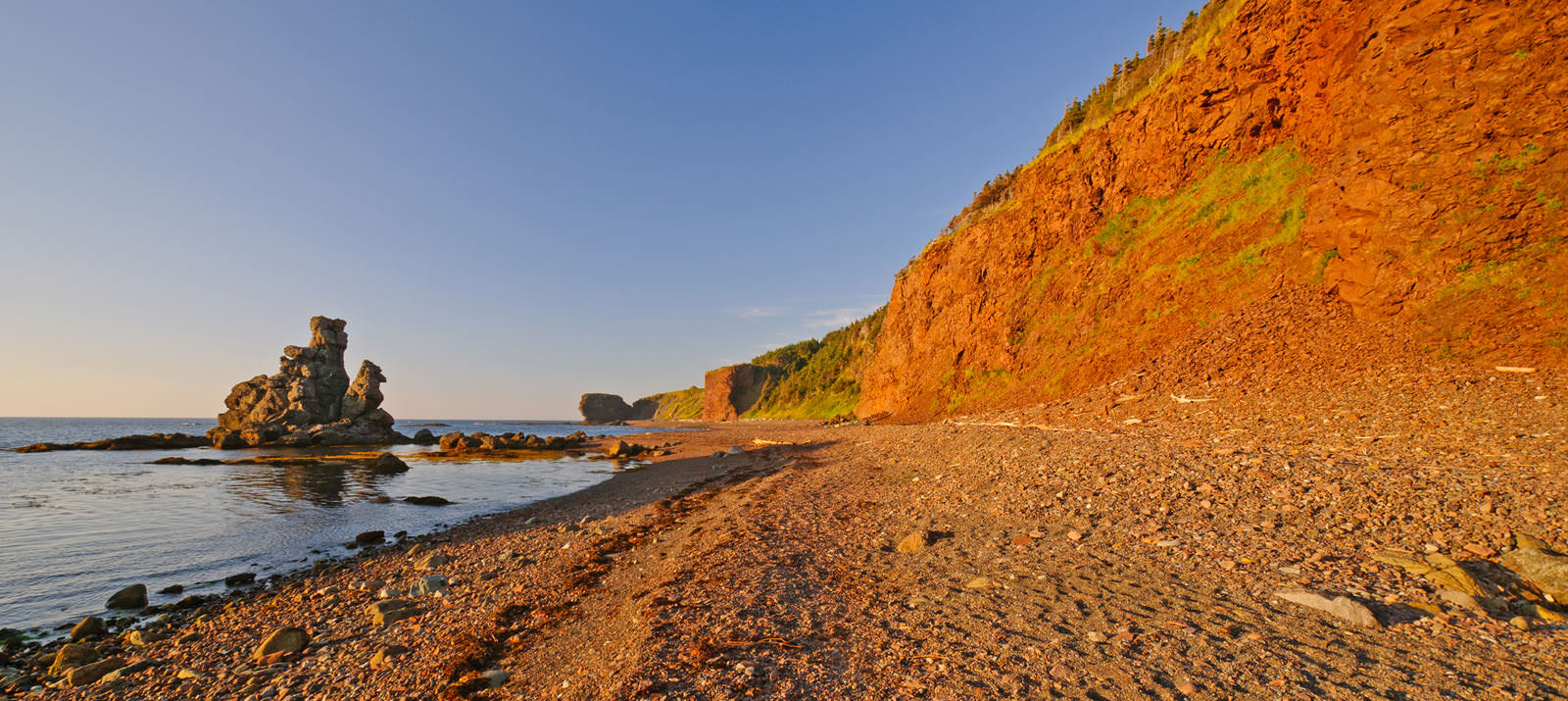
Gros Morne National Park
485 million years in the making, mother nature has created a place unlike any other on earth. Shaped by colliding continents and grinding glaciers, Gros Morne National Park is the eroded remnants of a mountain range formed 1.2 billion years ago.
The Park is named for Newfoundland’s second highest mountain – loosely translated from French, the mountain’s English name would be “large mountain standing alone”. Gros Morne is a land of fjords, towering cliffs, unspoiled wilderness, boreal forests, rocky coastlines and sandy beaches – an adventure playground for hikers, kayakers and those wanting to get away from it all.
RV camping is available both in the Park and at private campgrounds in the area. Advance reservations are recommended during peak summer months.
The scenery in the Park is diverse and visitors should plan to spend a few days here.
On your “must-do” list should be the Tablelands, Bonne Bay, Western Brook Pond, the Lobster Cove Head Lighthouse, Green Point Geological Site, Broom Point and hikes along the many trails in the park. Boat cruises and dolphin and whale watching tours are also available.
A UNESCO World Heritage Site, Gros Morne National Park, operated by Parks Canada, lies on the west coast of Newfoundland close to Rocky Harbour and is easily accessible by road on Highway 430.
The eroded remnants of a mountain range formed 1.2 billion years ago
Designated a UNESCO World Heritage Site for its geological history and exceptional scenery, Gros Morne National Park is the second largest in Atlantic Canada.




Breathtaking Landscapes
Video courtesy of Tourism Newfoundland and Labrador
